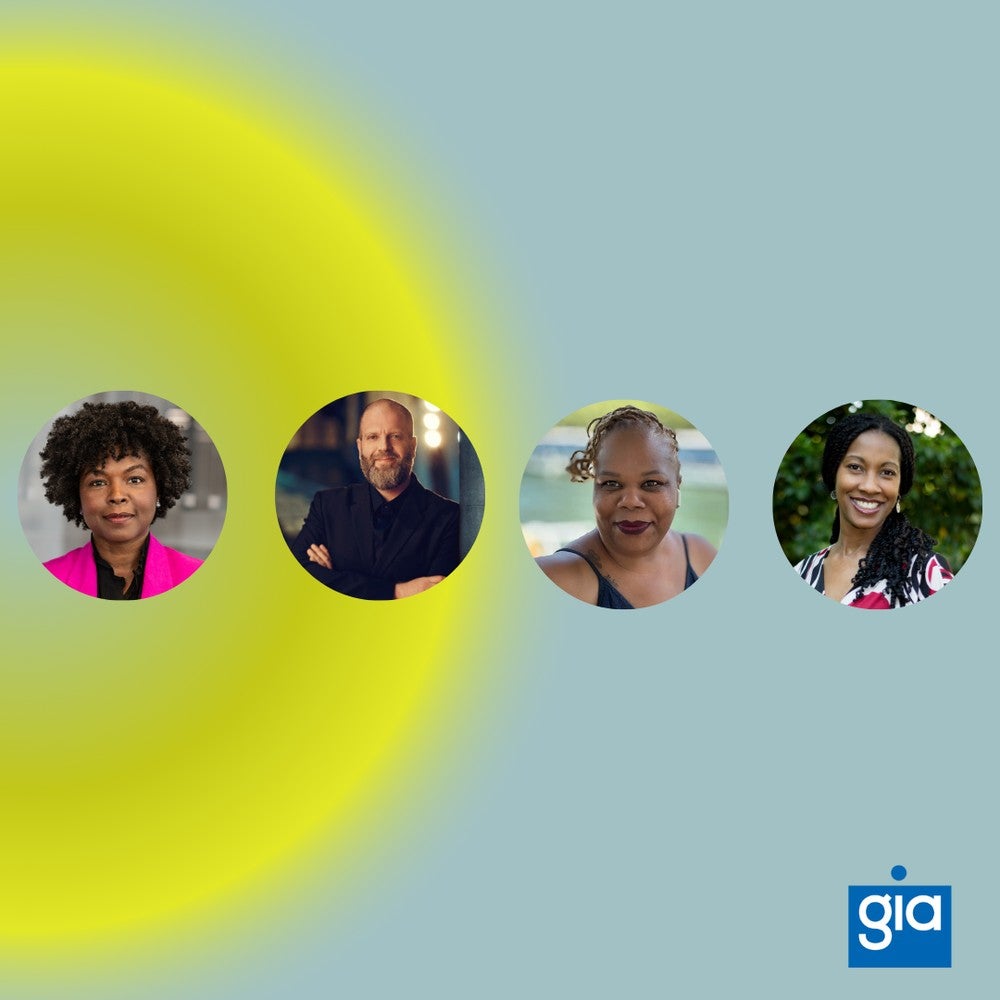When tenor Joshua Blue gets together with friends, they sometimes kick around the same question nagging opera companies and other performing arts presenters everywhere: how to draw younger, more diverse audiences to the art form they love. They have a few ideas, including a radical one that would test their own powers of concentration.
But let’s back up and meet Blue. The 24-year-old rising star, who this season is singing Alfredo Germont in “La Traviata” and as a soloist in “A Concert of Comic Masterpieces,” among other roles, at the Washington National Opera, precociously signaled his own interest in music at age 3, when he started plunking on the piano in his home after watching his sister practice. His mother decided to get him lessons, too. Once he was in school, a friend convinced him to join a choir group—both of his parents sang in choirs—and then “a teacher had me get exposed to every kind of vocal group there was.” He attended Waubonsie Valley High School, his local public school in Aurora, Il., which happens to have a Grammy Award-winning music program. On a choir group trip to Australia, Blue saw his first opera (“La Traviata”). Soon thereafter—as he was going into his senior year in high school—he decided that he wanted to be a professional opera singer.
But to state the obvious, “Historically, classical music wasn’t something that black families had access to,” Blue notes, and therefore they couldn’t teach their children about it. In the past, schools might have filled the gap, but nowadays, given the cuts in arts education funding, most kids just aren’t exposed to opera at all—unless, of course, opera companies take on the task.
If opera is to flourish, Blue says that opera companies must do that. He believes that they should go into schools, churches, community centers and the local YMCA, perhaps offering free one-hour sessions: “Instead of asking them to come to the opera, you have to take it to them in their own comfort zones.” He cites the Opera on the Go program of the Opera Theatre of Saint Louis (OTSL), “where the performers are in jeans and polos,” as a good example.
OTSL, which receives funds from the Wallace Foundation through its Building Audiences for Sustainability initiative, also offers a program called Opera Tastings, where Blue has performed. At these events, which Blue lauds as a “low-pressure” way to introduce opera to those who are unfamiliar with it, people listen to live opera excerpts while they sample food and drink that is paired with the performances.
But even with such efforts, Blue says you can’t expect people to buy tickets right away. “If they’ve never gone, they don’t know if they are supposed to wear a suit, or buy a bottle of champagne, or what else to expect,” he says. And if they’ve seen only a one-hour concert version of “The Barber of Seville,” say, they are not going to buy $200 tickets to a full-blown production of it even if they loved it, he adds. Blue recommends offering lower-price tickets for initial purchasers.
Then Blue turns to that revolutionary idea: he thinks opera companies could offer one show per season that is “family-friendly.” People could bring their babies and children and be given the message: “We don’t care if they make noise, we’ll keep doing the presentation—we are taught to act with absolutely anything happening.” Blue says he knows people who cannot attend because they can’t get, or afford, a baby-sitter and they know their children will not keep quiet during a performance. This idea would address that issue for them. Wallace’s research over the last few decades has both documented that such “practical barriers” may factor into the considerations of many who might attend an arts event and discovered what some organizations are doing about it.
Blue also sees language as a problem for many would-be attendees. Sub- or super-titles simply do not solve the problem for some people who don’t like switching back and forth from the action to the words, he says. He wishes more companies performed in English, though he realizes that would annoy traditional opera-goers.
Blue also thinks that some opera companies are wrongly fiddling with programming to attract more diverse audiences: “They think, if we do ‘Porgy & Bess,’ we’ll get African-Americans.” And maybe they will—but he believes that the better way is to aim for diversity in casting. “You don’t need to do ‘Porgy & Bess’ to see more blacks in the audience; you should just hire a more diverse group of people for roles.”
“In a perfect world,” he adds, “you want your performers to reflect your audience; you want them to be just as diverse in age and gender and race as we are on stage.” This is necessary, he believes, because “people want to go and support people that remind you of yourself. That makes it easier to put yourself into the story, to make the emotional connection.”
“It is beginning to happen,” Blue says. “Opera will look completely different in 20 years. As shows and casts become more diverse you’ll see audiences follow suit. We are starting to see it. Diversity is a key factor in keeping opera alive.”




